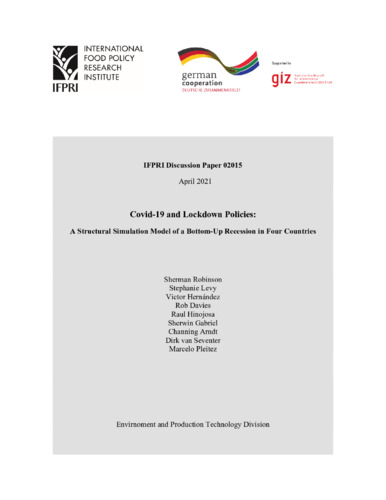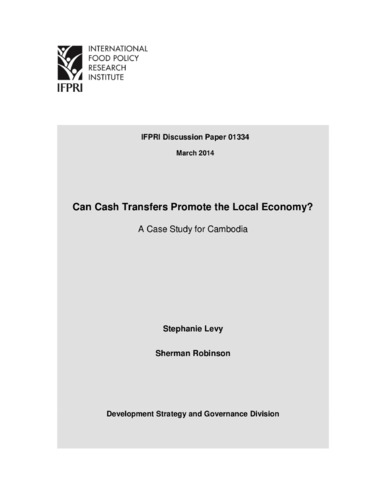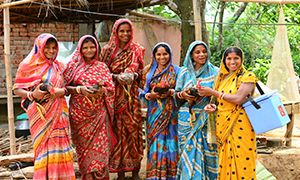Covid-19 and lockdown policies: A structural simulation model of a bottom-up recession in four countries
This paper considers different approaches to modelling the economic impact of the Covid-19 pandemic/lockdown shocks. We review different modelling strategies and argue that, given the nature of the bottom-up recession caused by the pandemic/lockdowns, simulation models of the shocks should be based on a social accounting matrix (SAM) that includes both disaggregated sectoral data and the national accounts in a unified framework. SAM-based models have been widely used to analyze the impact of natural disasters, which are comparable to pandemic/lockdown shocks. The pandemic/lockdown shocks occurred rapidly, in weeks or months, not gradually over a year or more. In such a short period, adjustments through smooth changes in wages, prices and production methods are not plausible. Rather, initial adjustments occur through changes in quantities, altering demand and supply of commodities and employment in affected sectors. In this environment, we use a linear SAM-multiplier model that specifies a fixed-coefficient production technology, linear demand system, fixed savings rates, and fixed prices. There are three different kinds of sectoral shocks that are included in the model: (1) changes in demand due to household lockdown, (2) changes in supply due to industry lockdown, and (3) changes in demand due to induced macro shocks. At the detailed industry level, data are provided for all three shocks and the model imposes the largest of the three. We applied the model on a monthly time step for the period March to June 2020 for four countries: US, UK, Mexico, and South Africa. The models closely replicate observed macro results (GDP and employment) for the period. The results provide detailed structural information on the evolution of the different economies month-by-month and provide a framework for forward-looking scenario analysis. We also use the SAM-multiplier model to estimate the macro stimulus impacts of policies to support affected households. The model focuses attention on the structural features of the economy that define the multiplier process (who gets the additional income and what do they do with it) and provides a more nuanced analysis of the stimulus impact of income support programs than can be done with aggregated macro models.
Authors
Robinson, Sherman; Levy, Stephanie; Hernández, Victor; Davies, Rob; Gabriel, Sherwin; Arndt, Channing; van Seventer, Dirk Ernst; Pleitez, Marcelo
Citation
Robinson, Sherman; Levy, Stephanie; Hernández, Victor; Davies, Rob; Gabriel, Sherwin; Arndt, Channing; van Seventer, Dirk; and Pleitez, Marcelo. 2021. Covid-19 and lockdown policies: A structural simulation model of a bottom-up recession in four countries. IFPRI Discussion Paper 2015. Washington, DC: International Food Policy Research Institute (IFPRI). https://doi.org/10.2499/p15738coll2.134369
Country/Region
Mexico; United States; United Kingdom; South Africa
Keywords
Sub-saharan Africa; Europe; Africa; Americas; Northern America; Latin America; Southern Africa; Central America; Northern Europe; Models; Economic Impact; Policies; Covid-19; Employment; Households; Modelling; Recession; Gross National Product; Quarantine; Pandemics
Access/Licence
Open Access
Project
Policies, Institutions, and Markets








